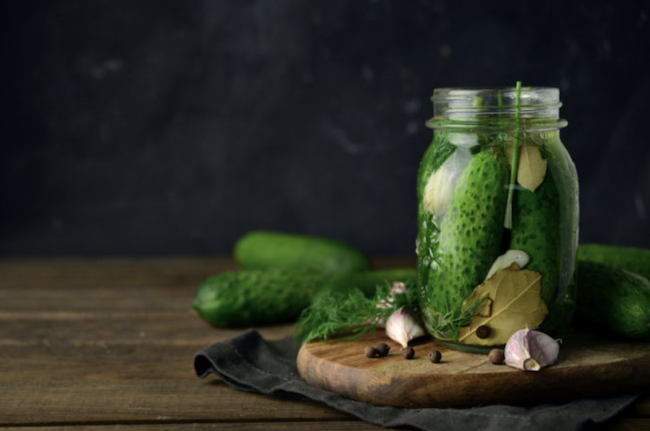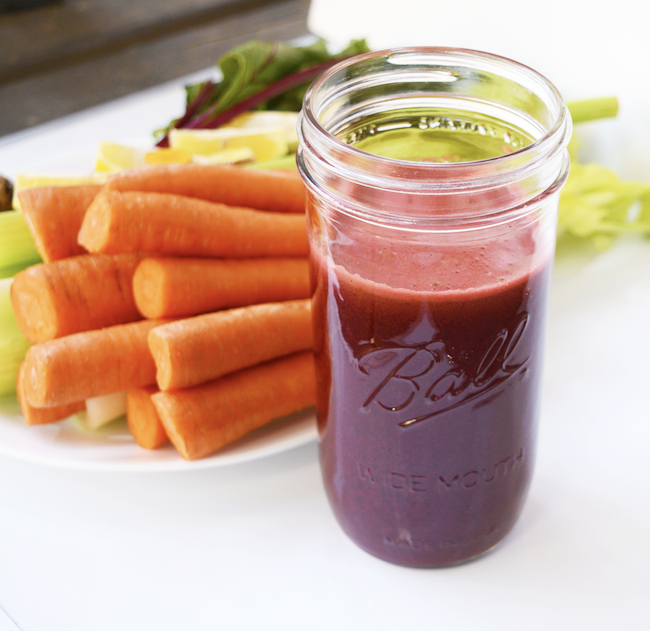It’s somehow been a long winter, even though only a few flakes of snow ever made it to the farm. Winter may not fully be over but we’re definitely beginning our cyclical transition into spring. The days are longer, the flowers are blooming, and robins are outside our windows singing their songs into the air. Though it’s not technically spring according to our calendars, we’re knee-high in spring energy. The perennial buds that make their debut every spring have demonstrated an amazing amount of energy and have pushed through the hard, cold ground of winter. Like the buds, we might be finding ourselves with more energy than we had just a few weeks ago. If we’re in line with this natural energy, we may find ourselves making new plans for outdoor activities, adding larger projects to our to-do lists, signing up for exercise classes (or if you’re like me *talking* about signing up for exercise classes). This is also the time of year when we find ourselves with just enough energy for spring cleaning. It’s important to notice and intentionally direct this energy into activities and schedules that bring us and our loved one’s purpose.

It’s almost like spring adds a special charge to the air. While we’re not quite into the full swing of active summer energy, we’re in the planning phase – sort of like when you’re on a roller coaster and you’re tick-tick-ticking up the first large hill. We’re not quite there yet, but hold on! In order to support our minds and bodies on this seasonal energy ride, we need to feed ourselves nourishing dishes that sustain us, but don’t weigh us down. All winter long we’ve been eating heavy and often fatty foods. This is why it’s so important to eat to nourish the liver and the gallbladder in the spring. The liver works hard to detox our bodies after a rather indulgent winter, which is why we need to feed it sour, astringent, and slightly bitter foods in the spring. These flavors trigger enzymatic activities within the body to stimulate bile production and liver detoxification.

Spring Kale Salad adapted from The Roasted Root
Ingredients:
- 1/2 pound Tuscan kale, thinly sliced
- 1/2 pound Red Russian kale, finely chopped
- 1/2 red bell pepper, julienne
- 6 small radishes, thinly sliced
- 1 medium carrot, peeled and grated
- 1/2 small cucumber, thinly sliced
- 1 large ripe avocado, peeled and diced
- 1 medium red beet, roasted and chopped
- 1/2 cup raw walnut halves, chopped
Lemon-Parsley Dressing (the more fresh herbs the better!):
- 1/4 cup + 1 tablespoon olive oil
- 1/4 cup fresh lemon juice (roughly 1 large lemon)
- 1 clove garlic, minced
- 1/4 cup packed fresh parsley leaves
- 2 teaspoons pure maple syrup
- 2 teaspoons stone ground mustard
- A pinch of salt
Instructions
Prepare the Detox Kale Salad:
- Wash and spin kale leaves. Remove the stalks and discard. Finely chop the leaves and place them in a large serving bowl.
- Add the remaining ingredients to the serving bowl and add the desired amount of dressing. Toss everything together to combine.
Prepare the Lemon-Parsley Dressing:
- In a small blender or food processor, add all of the ingredients for the dressing and blend until smooth and creamy. If you don’t have a small blender, whisking the ingredients together in a bowl works well, too.

Dandelion and Primrose Leaf Salad from DK Home Herbal
This detox salad is perfect for early spring. Filled with dandelion and chicory are gentle stimulants for the liver and bladder.
Ingredients:
- 1 oz dandelion leaves
- 1 tsp chives
- 1/4 oz yarrow leaves*
- 3/4 oz primrose leaves
- 1/4 oz arugula
- 1 head of chicory
- 1.5 tbsp linseed oil
- 1.5 tbsp lemon juice
- white pepper to taste
- sesame salt to taste
*Omit the yarrow leaves if you’re pregnant
Instructions:
- Rinse all leaves and spin them in a spinner
- Prepare the dressing by mixing the linseed oil, lemon juice, white pepper, and sesame salt in a small bowl. When the salad leaves are dry, place them in a serving bowl, toss with sesame salt, and add the dressing.

Spinach and Chickpea Saute from TCM World
Ingredients
- 1 Tablespoon of olive oil
- 4 cloves of garlic, minced
- Pinch of salt
- 8 ounces of canned chickpeas, drained
- 1 bunch of fresh spinach, chopped
- Juice from a ½ fresh lemon
- 8 fresh mint leaves, chopped
Instructions
- Warm a sauté pan over medium heat. Add the olive oil, garlic, and a pinch of salt.
- When the garlic is fragrant, about 2 minutes, add the chickpeas and cook for about five minutes. Then add the fresh spinach. Mix carefully by spooning the hot chickpeas on top of the spinach, until the spinach is wilted and cooks down 2-3 minutes. Remove from the heat.
- Squeeze the fresh lemon juice over the spinach and top with the freshly chopped mint. Serve warm.

Celery, Beet, and Carrot Juice from Joyful Belly
Ingredients:
- 1 cup Beets
- 1/4 tsp Black Pepper
- 1 whole Carrot
- 1 Celery Stalk
- 1 Clove of Garlic
- 1/4 cup of Fresh Parsley
- 2 whole Radishes
Instructions:
- If you don’t have a vegetable juicer, chop ingredients and puree in a blender with 4c water. Strain.
- Otherwise, follow these instructions to receive the greatest benefits (and most juice) from this recipe. Organic ingredients are especially important in juicing recipes because the juice is potent and highly concentrated.
- Scrub and wash the carrots, radishes, and beets well, discard their leafy tops, and do not peel them.
- Start with the parsley. Roll it up tight into a ball then follow it with the celery. Parsley is the driest ingredient on the list, and following it with celery which has a high water content will extract the most juice.
- Then add the peeled garlic, carrot, radish, and beets.
- Once the juice is poured, finish with fresh ground black pepper.
- Freshly squeezed juices lose their potency after about 20 minutes. Prepare individual portions and drink immediately, preferably on an empty stomach.

Carrot Ginger Soup from Katerina Barrata
Ingredients:
- 1 tbsp cooking oil (avocado oil, olive oil, or ghee work best)
- 1 sweet onion, finely chopped
- 2 bunches of carrots, roughly chopped
- 2 inches of fresh ginger root, roughly chopped
- 5 cloves of garlic, roughly chopped
- 8 cups of broth and/or water
- Sea salt and black pepper to taste
Instructions:
- Heat a soup pan over medium-high heat (if using avocado oil, otherwise keep the heat at medium so the oil doesn’t burn). Add onion and saute until it starts to brown, about 10 minutes.
- Add carrots, ginger, and garlic, and cook for another 5 minutes or so, stirring regularly. Then, add broth, bring to a boil, and turn down to a rapid simmer. Let the soup cook for another 15 minutes or until the carrots are soft.
- Use an immersion blender to puree the soup until smooth. Serve warm with whole grains.
